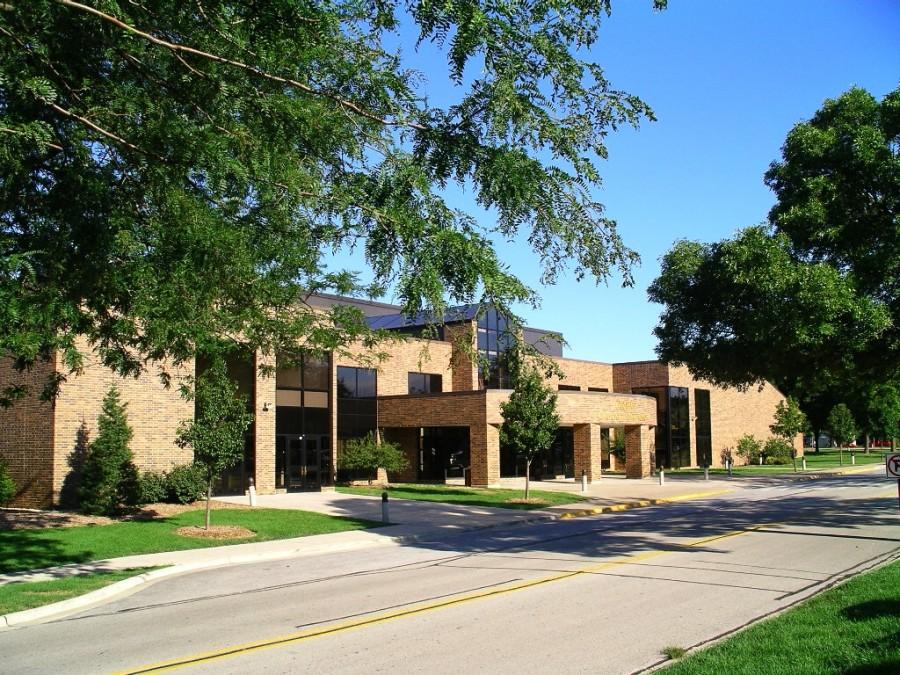Should schools track their students?
Is it worth it to remove the independence of students to possibly find a solution with attendance issues? With a simple chip in a student’s school ID, some schools are capable of pinpointing exactly where students are inside of the building during school hours. While this issue is said to fix attendance issues or put safety precautions into play for all students, it has too many negative downsides to it, such as wasting school funds or creating distrust between the students and faculty that will only further damage a school environment.
In some schools and states throughout the United States, such as Texas, schools receive funds based on the number of students counted during homeroom each morning. If students don’t show up for homeroom, school districts lose out on money they could’ve gained. To fix this issue, some schools, such as John Jay High School in San Antonio, Texas, made it mandatory for students to use ID cards that had radio trackers. School district spokesman Pascual Gonzalez said, “As administrators, we are charged with the safety of students in our schools. [The tracking IDs] allow us to quickly identify if any of those students reported absent are, in fact, in the school, and if they are, we find them, get them to class and report them present.”
The issue with this system is the fact that it is counterproductive in creating a better environment and ensuring any attendance issues are solved in the school. If a school has attendance issues, they shouldn’t be looking towards tracking devices to fix it, rather they should improve the school atmosphere and curriculum itself to encourage stronger attendance from the students. If students don’t feel the need to attend school very often, then most likely there is an issue with the school itself that makes it so unappealing to attend. Plus, for the majority of teenagers that attend high school, if they see that they are going to be expected to wear a tracking device at all times during the school day, it just makes them even less enthusiastic to attend school, and in turn makes students resent the faculty for imposing such a program onto them.
When asked about his opinion on whether schools should look towards tracking devices to improve school attendance, GHS Junior Aaron Bastin said, “No, students should not be required to wear tracking devices, because being a teenager is all about gaining your independence and getting a sense of responsibility. Infringing on a young adult’s sense of independence will only make them want to break the rules more than they already do.”
Is it even ethical for schools to require tracking cards in the first place? No one in their right mind would appreciate being tracked, so why would the faculty do this to the students? On this topic, Bastin said, “Schools are meant for educating, not babysitting. There needs to be a mutual feeling of respect and trust between a school’s administration and its students. That’s the golden rule, treat others how you want to be treated.”
Another reason as to why adding tracking chips to student ID cards is a terrible idea is because of the staggering cost of the program itself. At John Jay High School, simply the base cost of the tracking equipment and IDs alone was $526,065, and the cost to repeat the program each year for the school district was $136,005. There’s also the added cost for each lost ID, which would be much more than the cost of a normal un-chipped student ID. That money alone could be used to improve the school environment and improve the curriculum for the students. Using money to improve the school in general would be much more effective in convincing students to attend than telling them they have to wear a tracker ID each day at school.
However, a point in favor of utilizing these ID cards is the fact that faculty could make sure students are safer during school hours because their location would always be known. This is completely safe, right?
Actually, not so much. Heather Fazio, executive director of Texans for Accountable Government, investigated just how safe the situation was with the information stored with the ID cards at John Jay High School. “After paying a $30 fee with the FOIA (Freedom of Information Act) request I was able to get every students’ name and address. Using this information along with an FRID reader means a predator could use this information to determine if the student is at home and then track them wherever they go. These chips are always broadcasting so anyone with a reader can track them anywhere.” Fazio said.
While schools like John Jay High School say that implementing a system of ID card trackers can improve attendance and safety for the students, it simply has too many negative side effects. It wastes school money which could be used so much better, creates a sense of distrust between the students and faculty, and even puts the students at risk of being stalked. This is a flawed system in and of itself, and is simply a waste of time for both the school district and the attending students.












Jaden Brower • Feb 11, 2020 at 11:37 am
You should add a picture of what the IDs look like